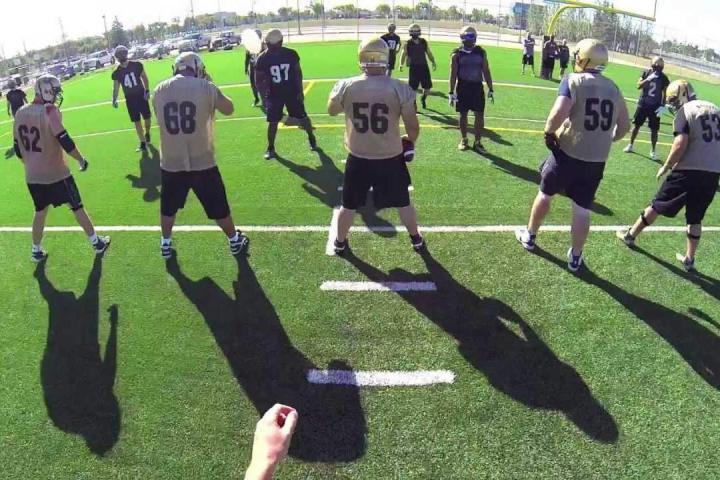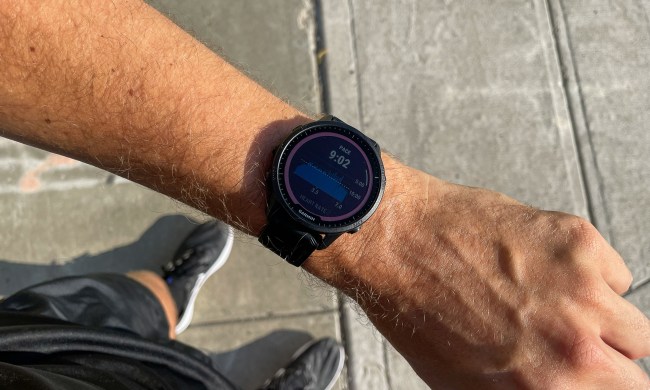
Announced within a press release issued by the Arena Football League (AFL) this week, player helmets will soon include live action, high resolution cameras to record the player’s point of view during the game. Partnering with a company called Sports Video Innovations, the AFL will embed the tiny cameras inside the nose bumper of the helmet. It’s highly likely that the cameras include some form of image stabilization as well as protective shielding in order to preserve the quality of the video and camera hardware during a typical game. Called Schutt Vision, the helmet cameras record video in 720p resolution at 30 frames per second.
When asked about the addition of the camera technology in player helmets, Arena Football League Commissioner Jerry B. Kurz said “Our League has always strived to stay on the cutting edge of innovation. Schutt Vision will allow us to make history by placing cameras on multiple players during games for the first time in sports history.”
Assuming this new player perspective camera angle is popular, the technology could easily work over to the National Football League within the next couple years. Hypothetically, it could help enhance the aging Skycam that was debuted by NBC in 1984 and later became popular when the XFL debuted. For the last ten years, the Skycam has been used heavily by ABC and ESPN for broadcasts of both professional and college sporting events. The NFL has experimented with various unique camera angles over the years, but nothing specifically consistent throughout an entire game from a player’s perspective.
Interestingly, the in-helmet footage will provide more granular data for coaches in order to try and correct mistakes on the field. Assuming all feeds are synced up after the game, the coach could watch actual footage of the play in real time in addition to the personal feeds of each player. For example, a couch could quickly identify why a pass wasn’t caught by the timing of the receiver’s head turn using the real-time synced footage. Hypothetically, that footage could also be helpful for referees when a play is disputed on the field, assuming the footage is made available to the officials.


